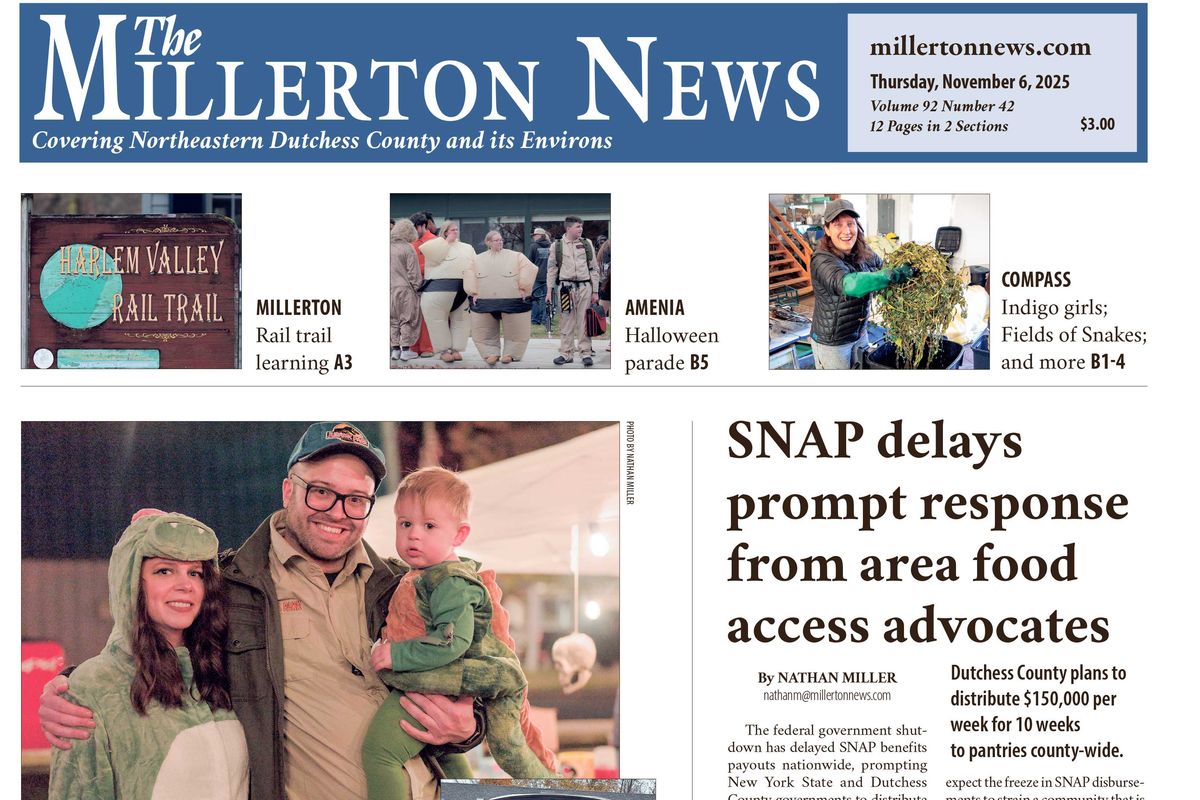Bento Boxes as a Way To Have Fun, and Make Healthy Food Enticing
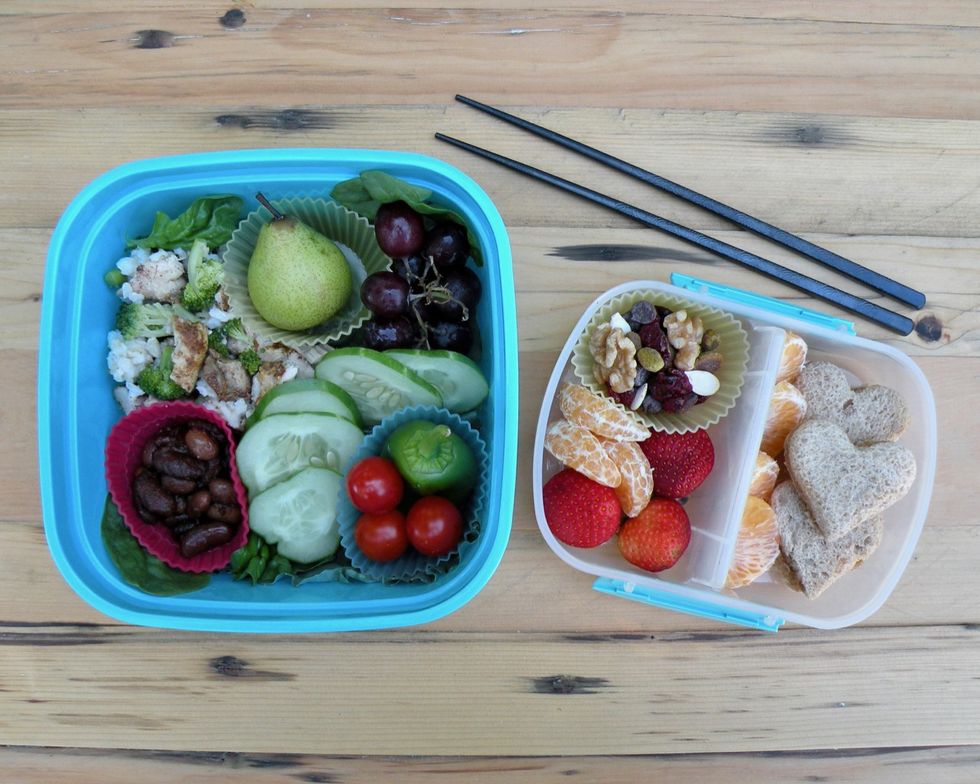
AB&J on whole-grain bread, cut into the shapes of hearts with a cookie cutter; clementine and strawberries; trail mix of walnuts, pistachios, pumpkin seeds, dried cranberries and chocolate chips. Photo by Lia Wolgemuth
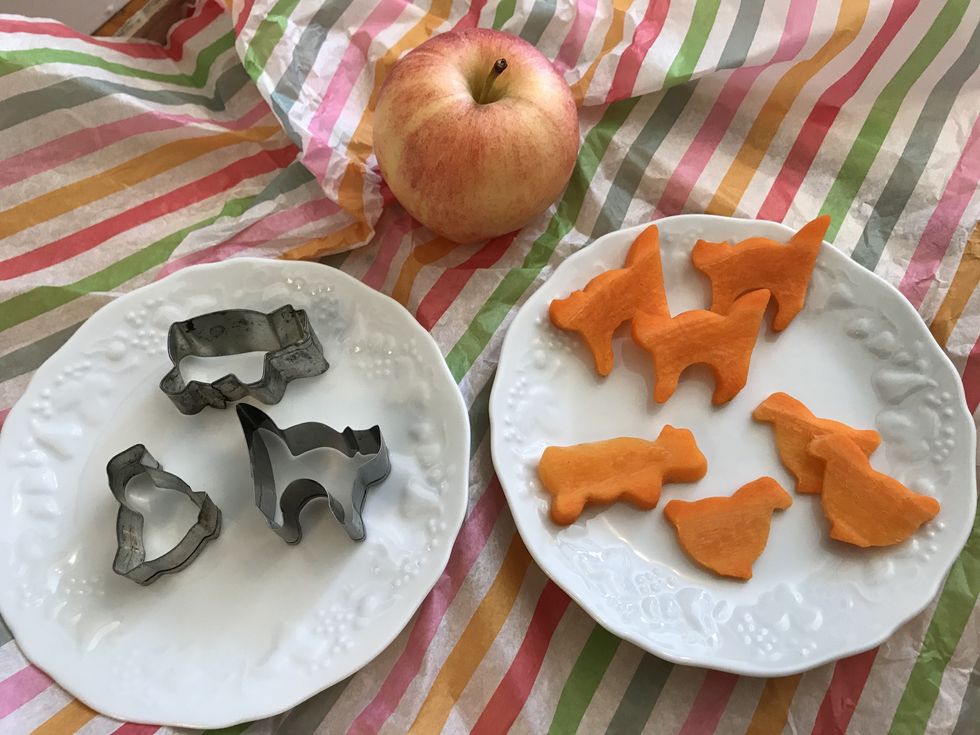

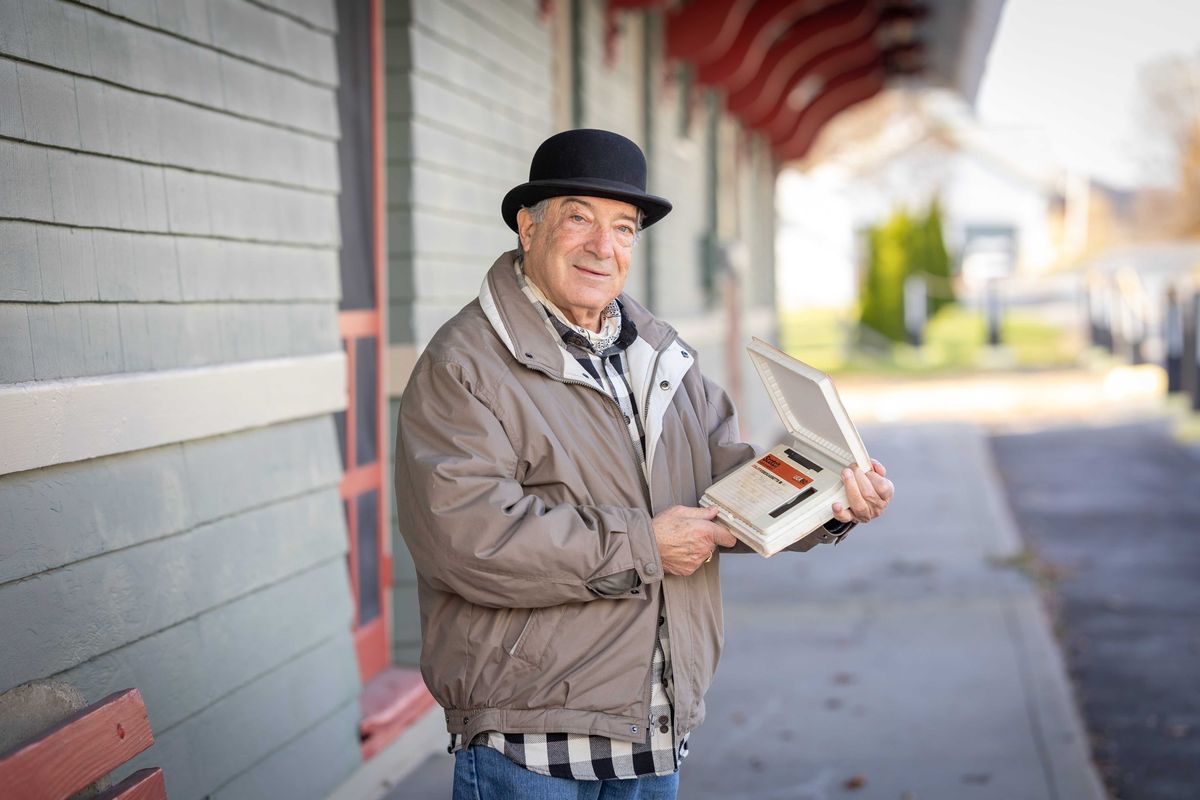
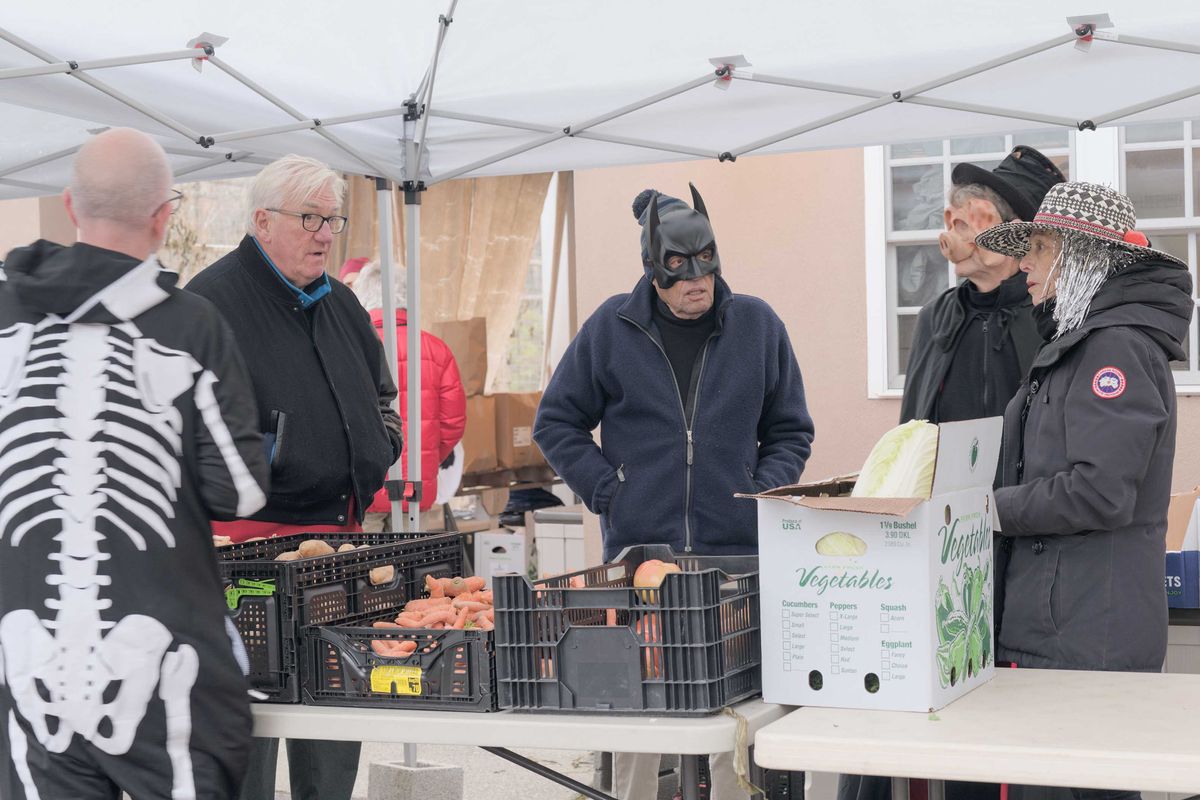


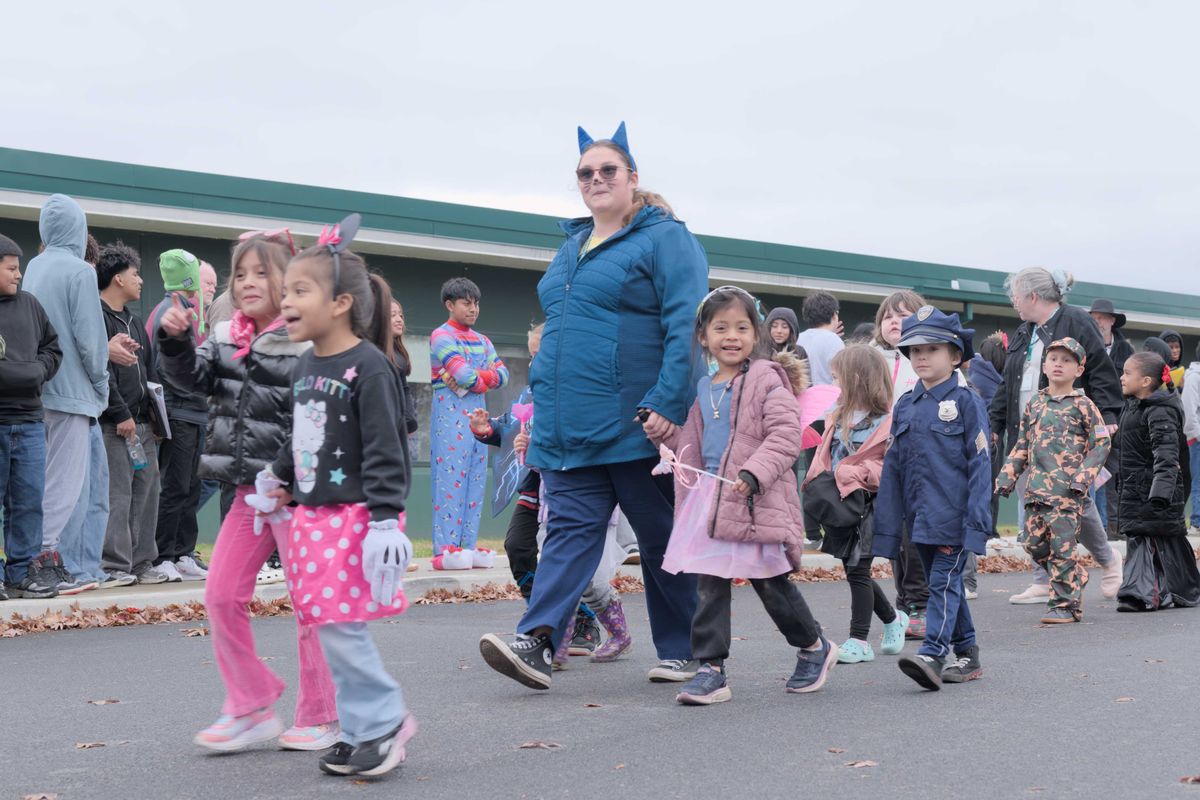
 Webutuck High School social studies teacher Kevin Kleespies let students pet his bear steed as they passed.Nathan Miller
Webutuck High School social studies teacher Kevin Kleespies let students pet his bear steed as they passed.Nathan Miller